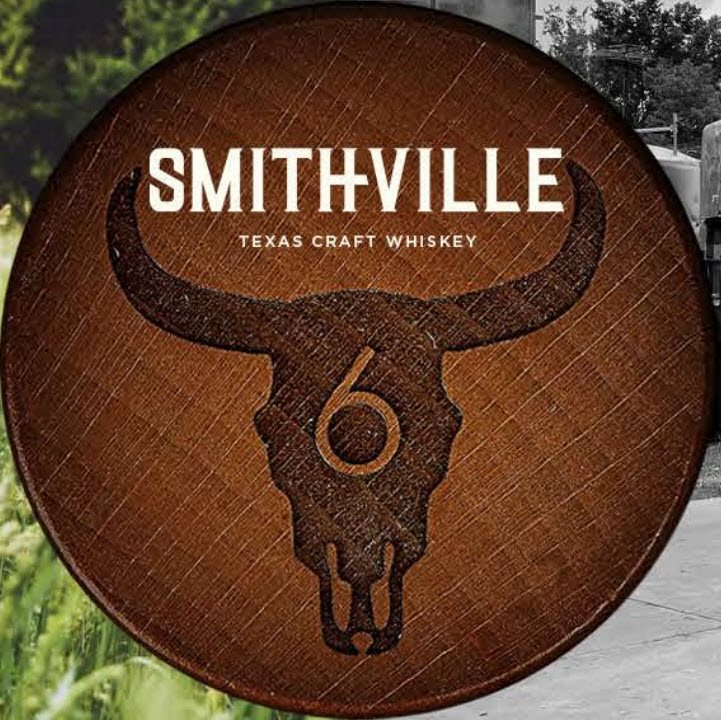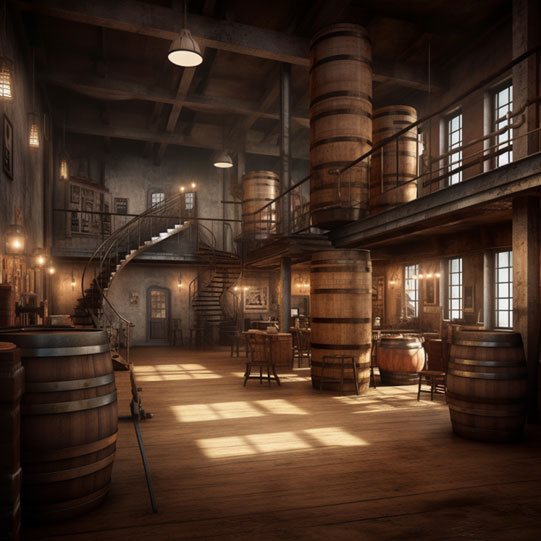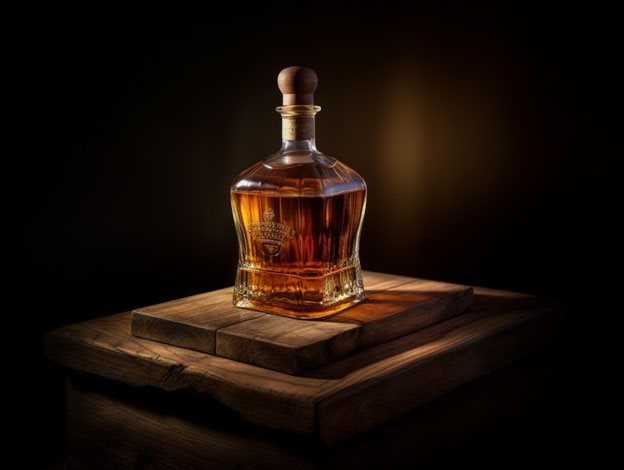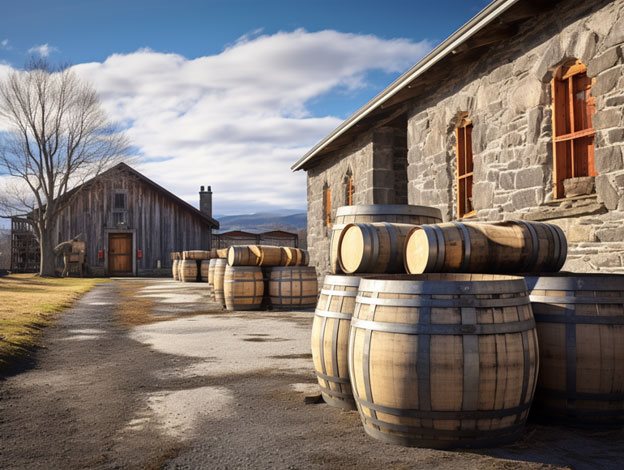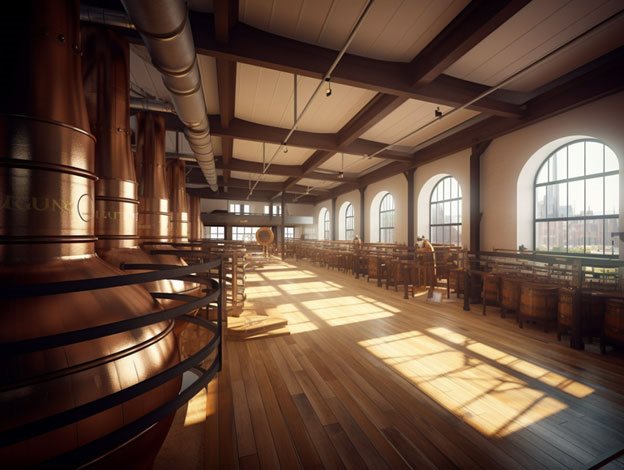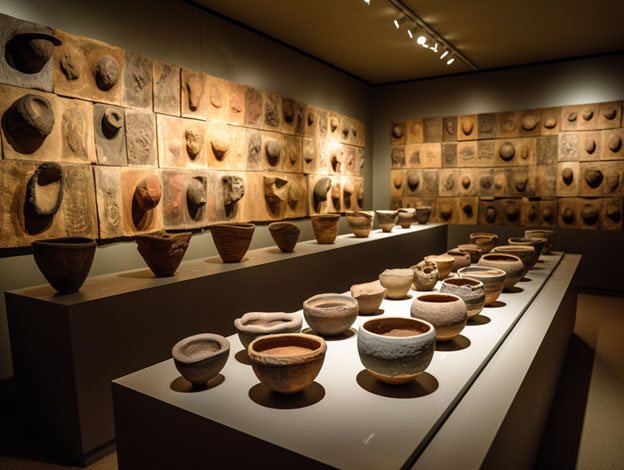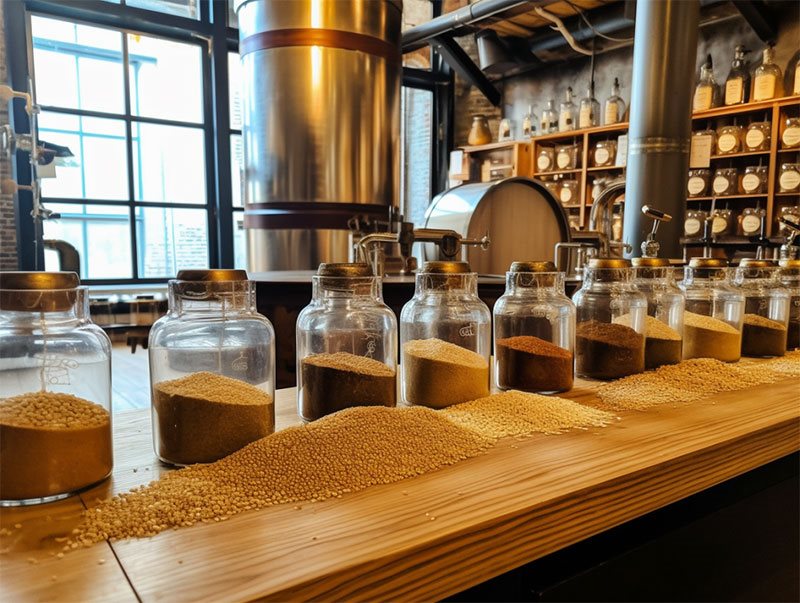Whether you are a whiskey connoisseur or a casual enthusiast, understanding the nuanced world of whiskey can be a delightful pursuit. Two terms that often spark curiosity are 'single malt' and 'blended' whiskey. While both offer distinct and pleasurable experiences, their differences lie in the details of their production and flavor profiles. This article aims to shed light on these two whiskey categories, offering a deeper understanding of what they are and how they differ.
To begin with, let's define 'single malt' whiskey. The term refers to a whiskey made from malted barley, distilled at a single distillery. However, it does not mean the whiskey is the product of a single batch or barrel; rather, it signifies that the whiskey is the product of a single distillery. Different batches and barrels from the same distillery can be combined to create a single malt whiskey.

In contrast, 'blended' whiskey is a mix of different types of whiskeys from multiple distilleries. It can include a combination of malted barley whiskey, grain whiskey, and sometimes even single malt or single grain whiskeys. Master blenders curate these blends to create a harmonious fusion of flavors.
With these definitions in place, we can delve into how single malt and blended whiskeys differ.
- Production: Single malt whiskey is produced at a single distillery using malted barley as the primary grain in a pot still. The goal is to create a whiskey that reflects the unique character of the distillery. Blended whiskey, on the other hand, is crafted by mixing different whiskeys from various distilleries. It's the blender's art to select the right components and create a consistent and balanced flavor profile.
- Flavor Profile: Due to their production method, single malt whiskeys often exhibit a distinct, complex character reflecting the distillery's unique attributes. This could include the water source, the distillation process, the shape of the stills, and the maturation process. On the other hand, blended whiskeys are designed to deliver a balanced and approachable flavor. They can offer a broad spectrum of flavors, depending on the mix, and are often smoother and milder.
- Consistency: Single malt whiskeys may have subtle variations in flavor from batch to batch, reflecting changes in the raw materials or maturation conditions. In contrast, the goal of a blended whiskey is to achieve consistency. Blenders aim to create a uniform taste, ensuring that the whiskey tastes the same, bottle after bottle, year after year.
- Price: Generally, single malt whiskeys are more expensive than their blended counterparts. The cost of producing single malt, which involves traditional methods, the use of pot stills, and the time for maturation, justifies the higher price tag. While there are premium, expensive blended whiskeys, the category, on average, tends to be more affordable due to the flexibility in the production process.
In conclusion, while single malt and blended whiskeys differ in terms of their production methods, flavor profiles, consistency, and price points, one is not inherently superior to the other. The preference between single malt and blended whiskey is highly personal, reflecting an individual's palate and preference.
Single malt whiskeys offer a chance to experience the unique character of a single distillery, presenting often complex and robust flavors. On the other hand, blended whiskeys offer a harmonious mix of flavors, providing a consistently smooth and balanced experience.
Understanding these differences can enhance your whiskey journey, helping you make informed choices and appreciate the craftsmanship behind each sip. Whether you're reaching for a single malt or a blend, remember – there's a world of tradition, innovation, and passion encapsulated in that glass. Enjoy the journey!
